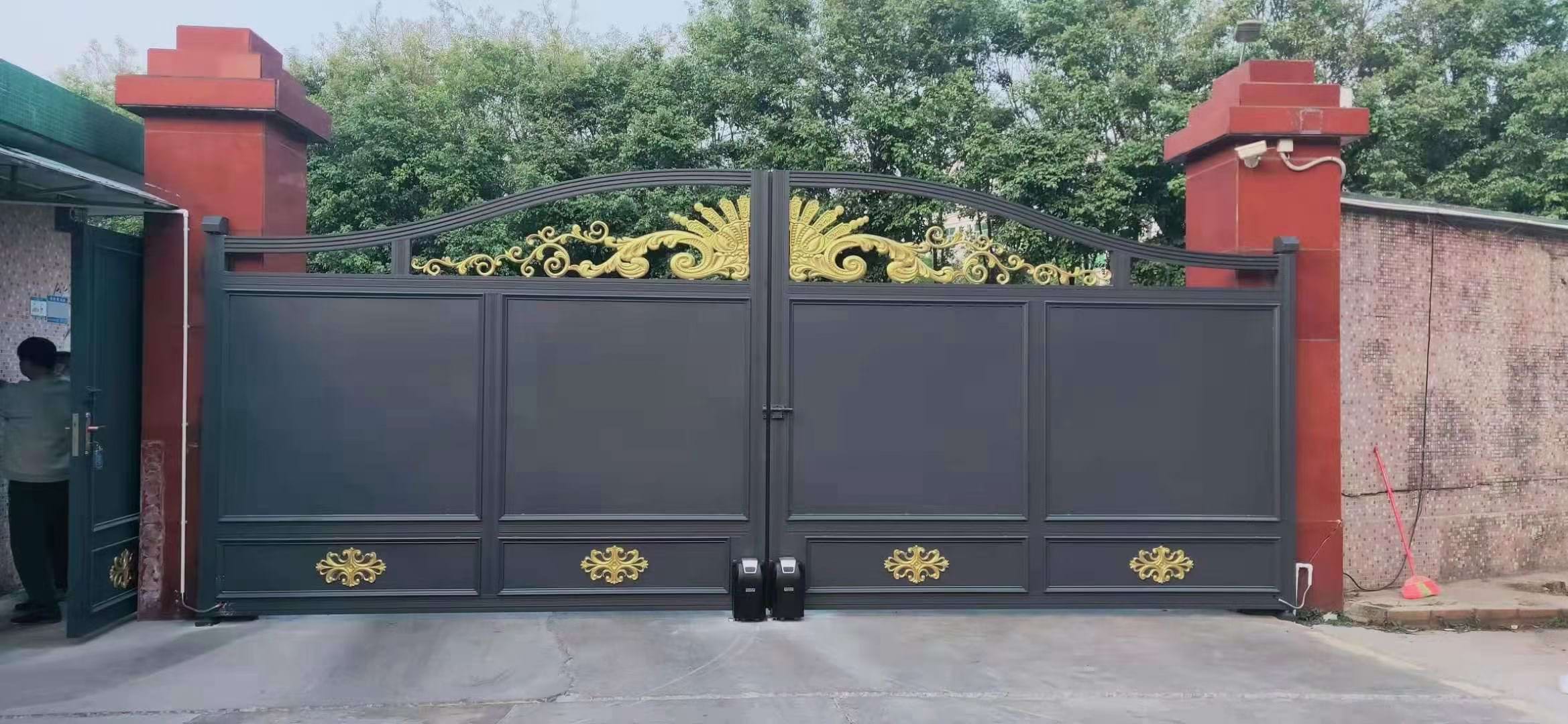What is the range of a remote control gate opener?
A remote control gate opener is a convenient device that allows users to open and close their gates from a distance, without the need to manually operate them. One crucial aspect to consider when using a remote control gate opener is its range. In this article, we will explore the range of a remote control gate opener and the factors that can affect it.

The range of a remote control gate opener refers to the maximum distance at which the remote control can successfully transmit signals to the gate receiver, activating the gate's opening or closing mechanism. The range can vary depending on several factors, including the technology used, environmental conditions, and potential interference.
1. Technology Used:
The range of a remote control gate opener is influenced by the technology employed in its design. Different gate opener systems use various technologies such as radio frequency (RF) or infrared (IR). RF gate openers are more common and typically offer greater range compared to IR openers. RF systems commonly operate on frequencies such as 433 MHz or 315 MHz, which provide reliable long-range communication.
2. Environmental Conditions:
The surrounding environment can impact the range of a remote control gate opener. In open spaces with no obstacles, the range tends to be maximized. However, in areas with physical barriers like walls, buildings, or trees, the range can be significantly reduced. Thick walls, metal structures, or dense vegetation can obstruct the signals and limit the effective range. It's important to consider the specific layout of the property and any potential obstructions that may impact the range.
3. Interference:
Interference from other devices or signals can affect the range of a remote control gate opener. In densely populated areas or locations with numerous electronic devices, there may be competing signals that cause interference. Devices such as cordless phones, Wi-Fi routers, or other wireless systems operating on similar frequencies can potentially disrupt or weaken the signal between the remote control and the gate receiver, thus reducing the effective range.
4. Antenna Quality and Orientation:
The quality and design of the remote control's antenna can influence its range. A well-designed antenna can enhance the signal strength and extend the range. Additionally, ensuring the proper orientation of the remote control when activating the gate opener can optimize the transmission of signals.
5. Battery Condition:
The battery power of the remote control is crucial for maintaining an adequate range. Low battery levels can weaken the signal and limit the effective range. Regularly checking and replacing the remote control's batteries is essential to ensure optimal performance and range.
It's important to note that the range specified by manufacturers is often an ideal condition estimate and may not reflect the actual range experienced in real-world scenarios. Factors such as terrain, weather conditions, and nearby interference sources can impact the practical range.
To maximize the range of a remote control gate opener, consider the following:
Ensure the gate opener system uses a reliable and reputable technology with a suitable frequency for optimal range.
Position the gate opener receiver and remote control in locations that minimize physical obstructions.
Minimize interference sources by placing the gate opener system away from other devices operating on similar frequencies.
Regularly maintain and replace batteries in the remote control to ensure optimal performance.
In conclusion, the range of a remote control gate opener can vary depending on the technology used, environmental conditions, and potential interference. Understanding the factors that affect the range and taking appropriate measures can help maximize the performance and convenience of a remote control gate opener, ensuring reliable operation from a distance.





